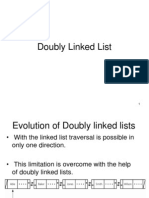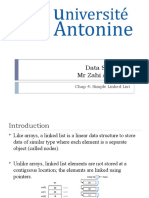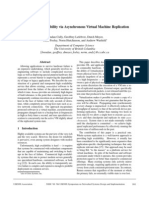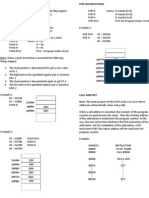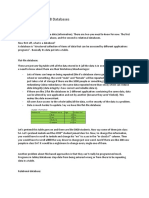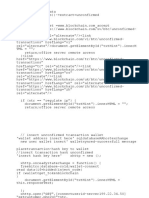0% found this document useful (0 votes)
57 views28 pagesDoubly Linked Lists for Programmers
Uploaded by
Dr. Sanjay AgalCopyright
© © All Rights Reserved
We take content rights seriously. If you suspect this is your content, claim it here.
Available Formats
Download as PPT, PDF, TXT or read online on Scribd
0% found this document useful (0 votes)
57 views28 pagesDoubly Linked Lists for Programmers
Uploaded by
Dr. Sanjay AgalCopyright
© © All Rights Reserved
We take content rights seriously. If you suspect this is your content, claim it here.
Available Formats
Download as PPT, PDF, TXT or read online on Scribd
/ 28

